In this post we will be sharing how to make lacto-fermented Tepache. This is by far one of the easiest and most delicious drink we make! And it is absolutely wonderful for your gut health as well. What’s not to like? Give it a try and you’re sure to fall in love with this delicious, summer-time favorite!
What is Tepache?
Tepache has a long history in Mexico, where it is originally from. It is a lacto-fermented beverage made from the skins of a pineapple. Tepache is known as a wild fermentation beverage, because it uses the wild yeast and bacteria found on the outside of the pineapple fruit. It would probably be helpful when making your pineapple tepache to make it with an organic pineapple, but to be honest, I just used a pineapple I could easily get from my local grocery store.
What is Lacto-Fermentation?
Lacto-fermentation is a process by which bacteria and yeast break down sugars to form small amounts of alcohol, enzymes, and lactic acid. Consuming beverages made by lacto-fermentation helps the body by supplying mineral ions that are used when you exert your body, and helps you to digest your food through the work of the yeast and lactobacillus, that produce the enzymes, acetic acid, and lactic acid. Lacto-fermented foods and drinks help to make your gut a place of life-giving health. To try another lacto-fermented drink, click here.
What You’ll Need to Make Lacto-Fermented Tepache
What you will need to get started
How to Make Lacto-Fermented Tepache
How to Bottle Lacto-Fermented Tepache
Lacto-Fermented Tepache Variations
There are several variations of Tepache. We have made Tepache with Mexican panela sugar instead of regular cain sugar. You can add ginger, coconut, or coconut extract to your Tepache. Recently we fermented our Tepache with some clove and cinnamon as well. We’ve even heard of adding habanero peppers to the mix! When I make my tepache I love to add coconut, as it makes it taste even more tropical. Don’t afraid to add other flavors!
How I Like to Serve Tepache
Tepache is wonderful drink to make into a mocktail. Mocktails are for adults who are trying to avoid alcohol or for children. It makes a fun treat for the kiddos! I like to take a wine glass and add ice, tepache, a squeeze of fresh lime, a real Italian Amarena cherry, and a super kitsch umbrella. It feels like you are on vacation. It’s really nice with a splash of lime sparking water as well. This is a very fun and frugal drink to serve for a summer party.
Other Lacto-Fermentation Resources
My favorite book on lacto-fermented drinks is “Fermented Probiotic Drinks At Home” by Felicity Evans. This book is beautifully and simply written. The recipes are out of this world delicious, frugal, and utterly approachable. The second book I highly recommend is Nourishing Traditions by Sally Fallon and Mary Enig. It is the bible for food and drinks for the Weston A. Price Foundation. The third book I really enjoyed is “The Big Book Of Kombucha” by Hannah Crum and Alex LaGory. You will learn all you need to know about Kombucha from this awesome book. My fourth and final book is “Artisan Drinks” by Lindy Wildsmith. This is a book that is full of old-fashioned, old-world traditional lacto-fermented drinks from England and Europe.
Pin it for Later!

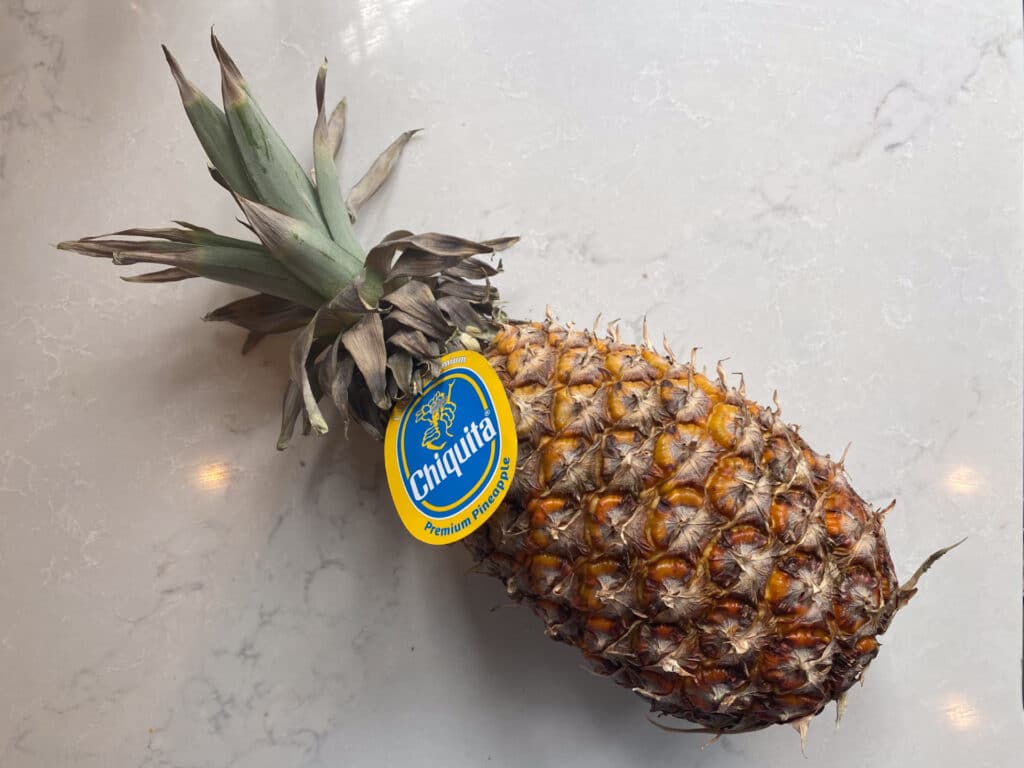
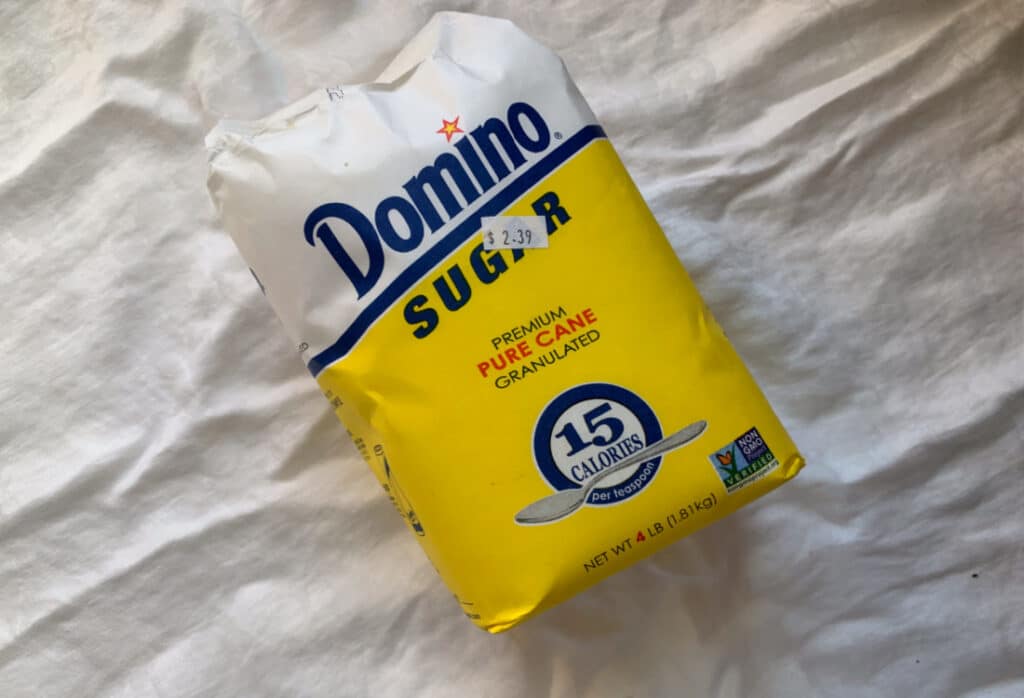
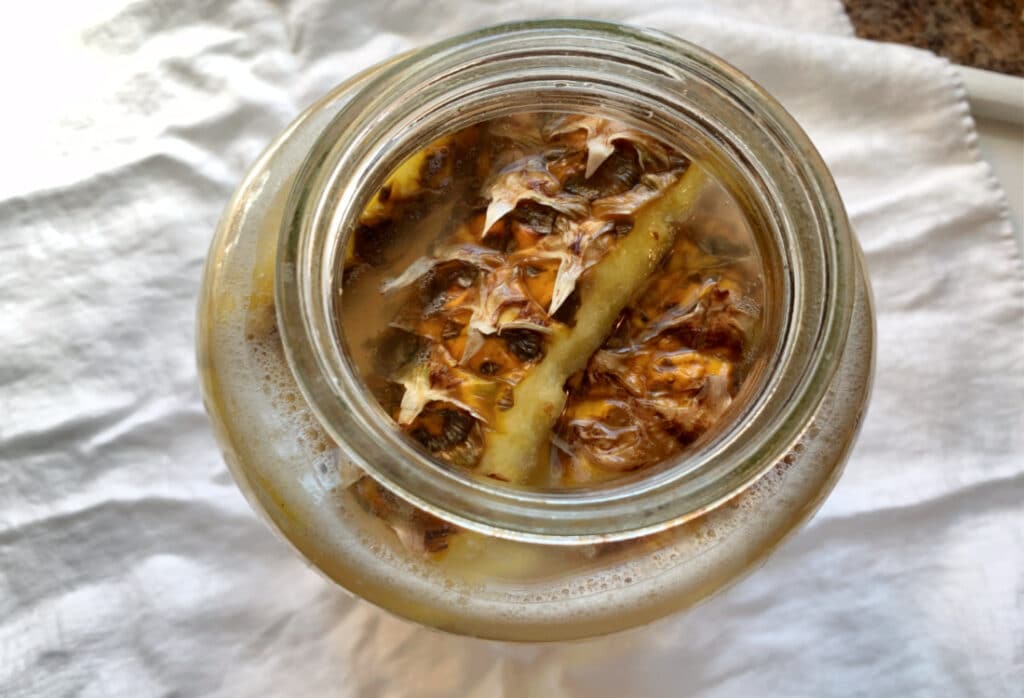
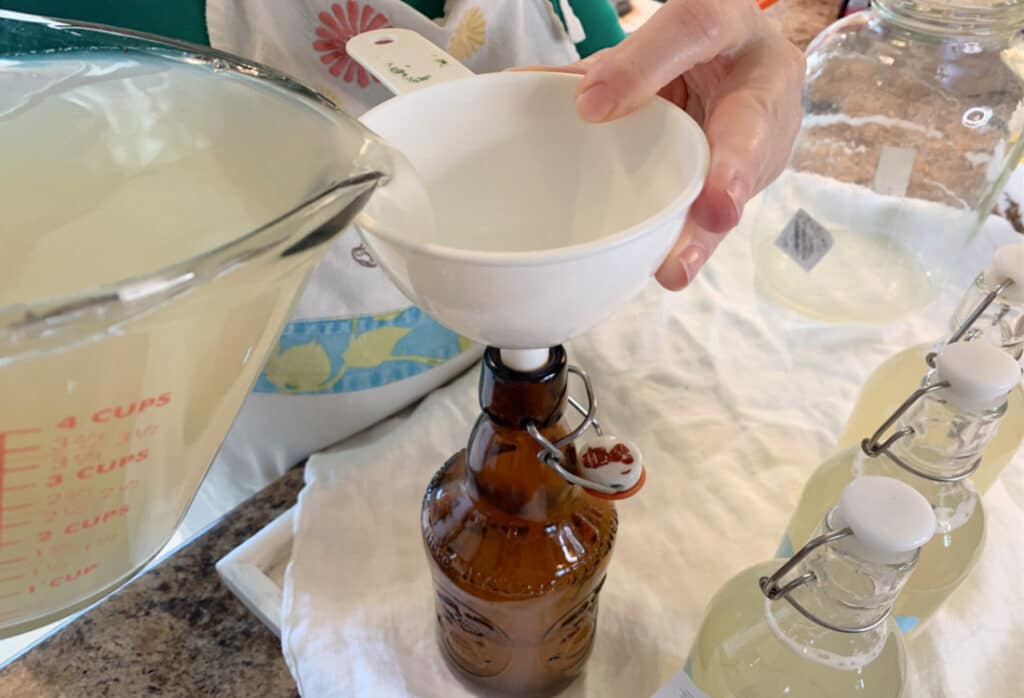
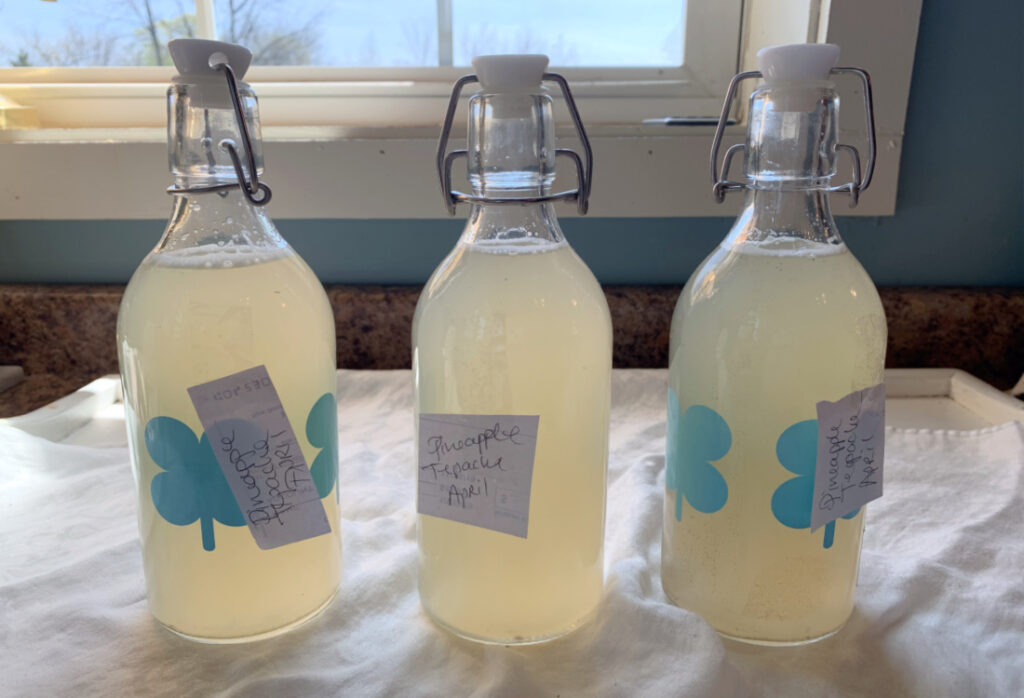
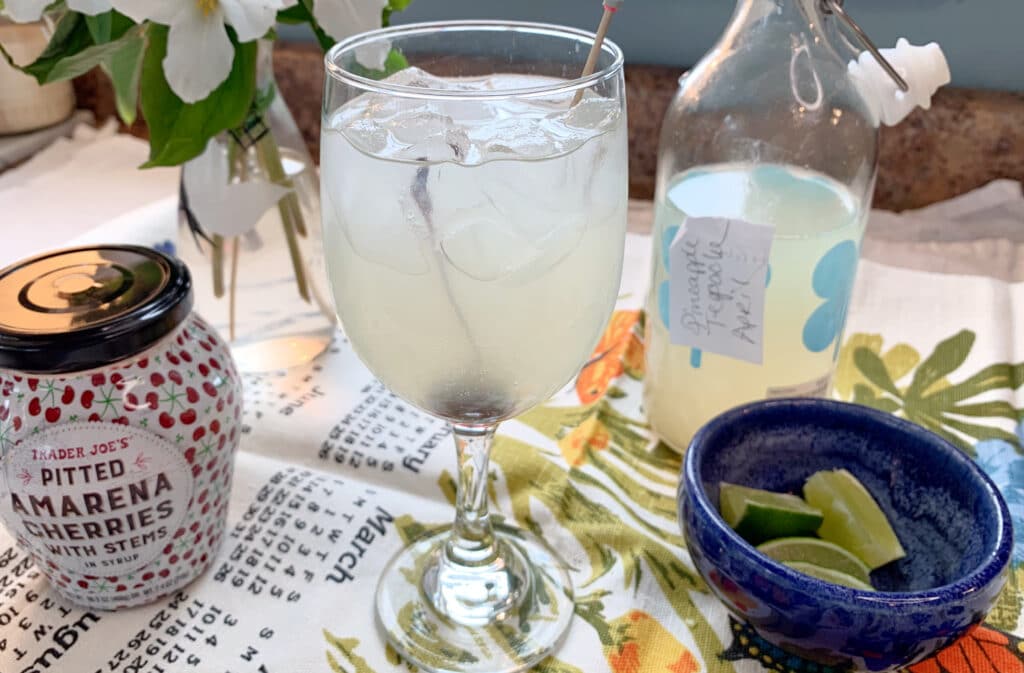
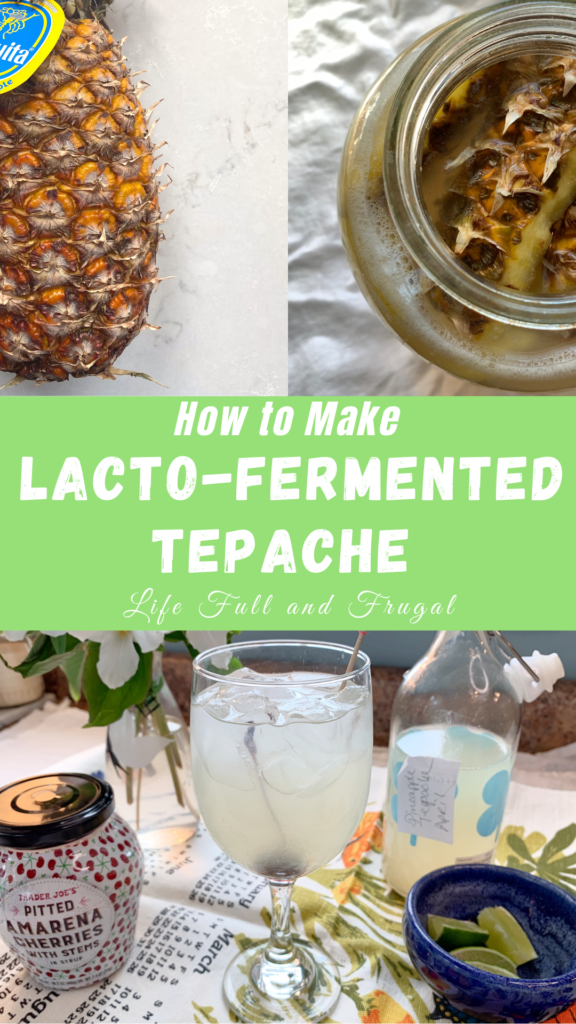
I have personally had Starlas pineapple Tepache! Sunshine in a cup is what it tastes like! Yummy!!!
Thank you so much, Serena! Sunshine in a cup is the perfect way to describe it! 🙂
I love the idea of fermentation and it’s benefits, and Tepache sounds both nutritious and delicious! Will definitely be giving it a try!
Yes, it is so much fun! And it really is so refreshing and delicious. Please let us know if you try it and how it turns out!:)
I love fermenting but haven’t ever tried making tepache. I’ll definitely be trying your recipe!
Thank you so much for checking it out, Abbey! Besides being delicious, it is so simple to make! Let us know how it turns out!:)
So glad I found this! I have never heard of it, but it looks delicious and I love fermenting!
Oh I am so happy you found it, too! And it’s so simple! Let us know if you try it!:)
This is the first I’ve heard of tepache. Sounds lovely! I’m planning on getting into some serious lacto-fermentation this summer. Tepache is now on my list 😉 Thank you!
YAAAY! I love hearing that someone is getting into lacto-fermentation!:) Please let us know how it turns out. You’re gonna love it!